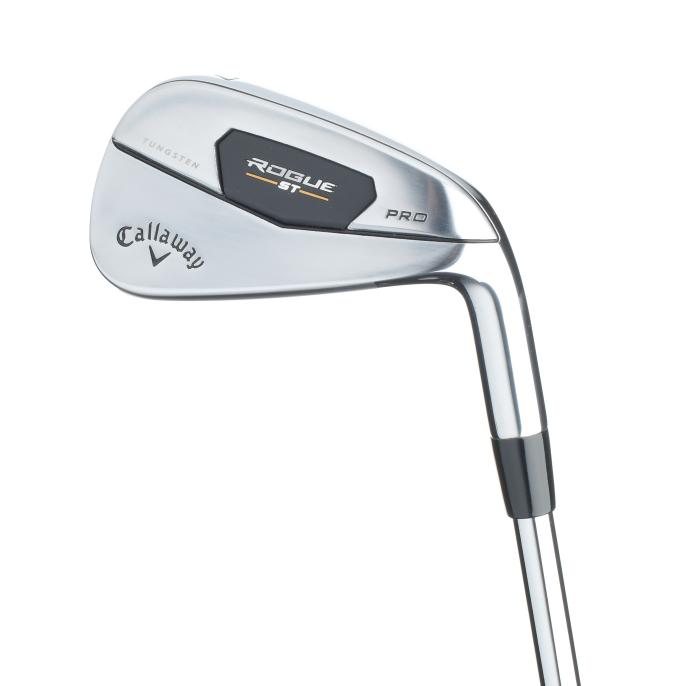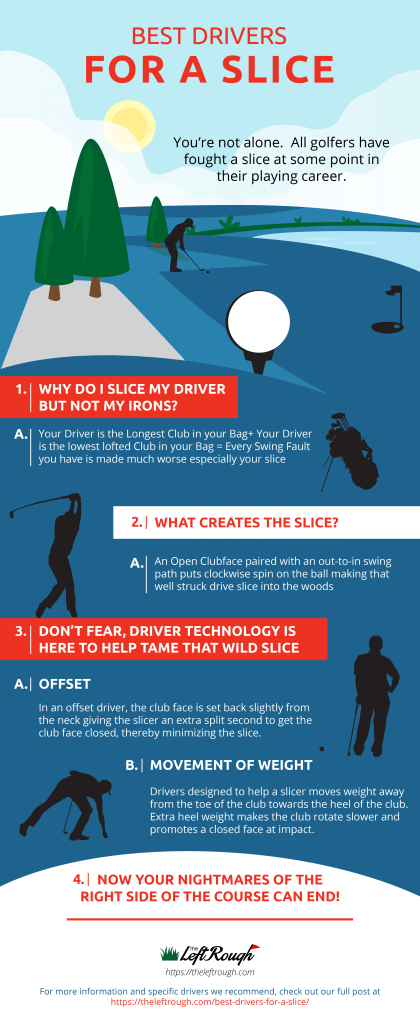
Knowing how to golf is a crucial skill. But there are many things you need to do in order for your game to be successful. Learn the Dos and Don'ts to golf from this article. These are the Dos and Don'ts for teeing up, hitting the ball hard, but keeping your hands loose, and playing in the correct order. After mastering these fundamental techniques, you can begin to lower your score.
Dos and don’ts
Before you get on the golf green, it is important to dress appropriately and understand the rules. It helps to play with an experienced player, even if you are a beginner. It is easier to learn the rules while you are actually playing the game, than when you read them. It is also important that you practice on a practice field.

Teeing up
Teeing up the ball is one of the most basic rules in golf. However, overly enthusiastic golfers can easily violate this rule. Teeing up means hitting the ball from a teebox, marked by two markers and an imaginary line that is approximately two club-lengths away from the hole. The teeing surface is generally 40 square feet.
Hitting hard while keeping the hands relaxed
A few tips can help you hit your ball harder, while also keeping your hands free during the game. First, relax your hands while you are addressing the ball. Golf blisters can occur when your hands are too tight. Don't stand too long over the ball. These tips will improve your golf swing and prevent injuries. Read on to discover more tips for keeping your hands relaxed during your golf game.
Place an order
When playing golf, you should consider the putting order of your opponents. Although this may seem complicated, there are some rules that you should be familiar with. The nearest golfer should be the first to play, while those further away should go in second. The method used to determine the order is a coin flip. If you don't get your turn, the opponent might ask you to cancel your stroke. Once he has hit it, you can then play again. To save time, you can agree to play out of your turn.
Making a full swing
There are several parts to a golf swing, and each one should be executed perfectly. Address, backswing should be done correctly. Transition, downswing, impact, follow-through and transition are all crucial steps. Below is a list of all the steps and their importance. We will cover the fundamentals of golf swing, and then show you how to make each part of your swing.

Par 3 Course
Par 3 holes are great for improving your putting skills and wedge play. Par three holes score lower than par four and par five. Therefore, players have to focus on their strategy to score well on the par 3 course. Your putting will be challenged by the shorter holes. Your handicap will go down as a result. These are some tips to help you put on a par three course.
FAQ
Can I learn how to play golf?
Yes. You can learn to play golf at many schools. You will have to buy new equipment, including a set golf clubs.
How much does a round golf cost?
Expect to pay $15-$30 per head This includes greens fees and cart rental.
What is a handicap?
When playing golf, you may find yourself having trouble keeping up with others. You might also find that you struggle to score well due to your speed or slowness. Hire a caddy who will carry your bag on your behalf to overcome these issues.
If you're a beginner golfer you can take advantage of the services provided by your local course. Your handicap will be determined based upon your gender, age and skill level.
Your handicap will then be used as a reference point when calculating your score. Your handicap will help you identify which group your are. This will enable your to compete more effectively with other players with similar abilities.
Is there any skill required to play the game of golf?
No. You just need a pair if walking shoes, a towel and some clubs.
What kind clubs should I use
There are many types of clubs. Most players start with a driver, a heavy weight club that allows them hit the ball further. You can also use woods, irons or wedges to play, as well as putters.
Woods are longer clubs designed to allow players to get close to the pin while still being able to reach the green. These clubs are used for long drives or approaches.
Irons are shorter clubs designed to assist players in hitting the ball closer to pin. They are frequently used for chipping and putting.
Wedges are specialized clubs that are used to control the flight path of the ball. These tools are usually used to provide precise direction for shots.
Putters are small clubs that roll the ball towards a cup. These clubs are used to make short putts.
The type and type of shot you wish to make will dictate the club you use. Different types of shots are better served by different clubs.
For example, drivers are useful for hitting the ball far away from the hole. Wooden woods are excellent for driving long distances. Irons are ideal for short shots. It is easy to control the ball's flight with a wedge. Putters are ideal for rolling the ball into holes.
Statistics
- In the United States, the number of people who play golf twenty-five times or more per year decreased from 6.9 million in 2000 to 4.6 million in 2005, according to the [51] (en.wikipedia.org)
- Professional golfers typically make between 60% and 70% of greens in regulation. (en.wikipedia.org)
- Buying a set of Titleist or Taylor-Made irons for nearly $1,000 is simply not necessary and likely a waste of money. (golficity.com)
- He shanked the first attempt, but it is estimated his second went more than 200 yards (180 m).[52]Golf courses worldwide. Below are the top 20 countries with the most golf courses as of 2019.[53]CountryNumber of (en.wikipedia.org)
External Links
How To
How can you play better golf when the wind blows?
Golf is an outdoor game that can be played on grassy, open areas. It is a very popular sport. There are many types of golf courses across the world, ranging from public parks to private clubs. Golf is also played indoors, such as at shopping malls and indoor arenas. The game is played on a series or holes. Players must hit the balls into these holes. Each hole contains a fairway or rough, a teebox, fairway, rough, hazards, and a green. Depending on the type shot needed, players may use a driver (wedge, wedge, long-iron, or putter). Depending on the rules of the course, players may have to carry the ball up to a certain distance before hitting it, or they may only have to drop the ball in the cup. Playing outdoor golf has many conditions that can affect the way a player hits their shots. These conditions include speed, temperature and humidity.
There are two types main winds: headwinds or crosswinds. Crosswinds blow from left to right, while headwinds blow from right to left. If the wind blows toward the golfer it means that he/she hits against the wind. But if it blows away from him/her it will mean that he/she hits with the wind. It is difficult to play in strong wind because the ball will fly further and higher. It becomes difficult for the player control the trajectory and the direction of the ball. Players try to compensate by keeping the club's face parallel to the ground. They strike the ball with maximum force and contact so it is fully in contact with the ground. Despite flying lower in stronger wind it travels farther because of the increased resistance to air.
Golf in the wind is a skill that requires practice. The wind can affect the flight path of your ball, as we have already mentioned. A good golfer should always know what kind of wind is currently affecting the area. He/She would adjust his/her swing accordingly so that he/she can hit the ball cleanly without losing any energy. Another important aspect to consider is where the wind is coming from. Wind does not travel in the same directions. For example, the breeze coming off the ocean is usually very light, but it is often stronger near the shoreline. Similarly, the wind blows strongest close to the ground. The golfer must therefore pay attention to the wind direction as well as intensity.
You must adjust your swing constantly to play golf in wind. Watch the wind and ensure that your swing aligns properly. Learn how to read and adapt the wind to your swing.